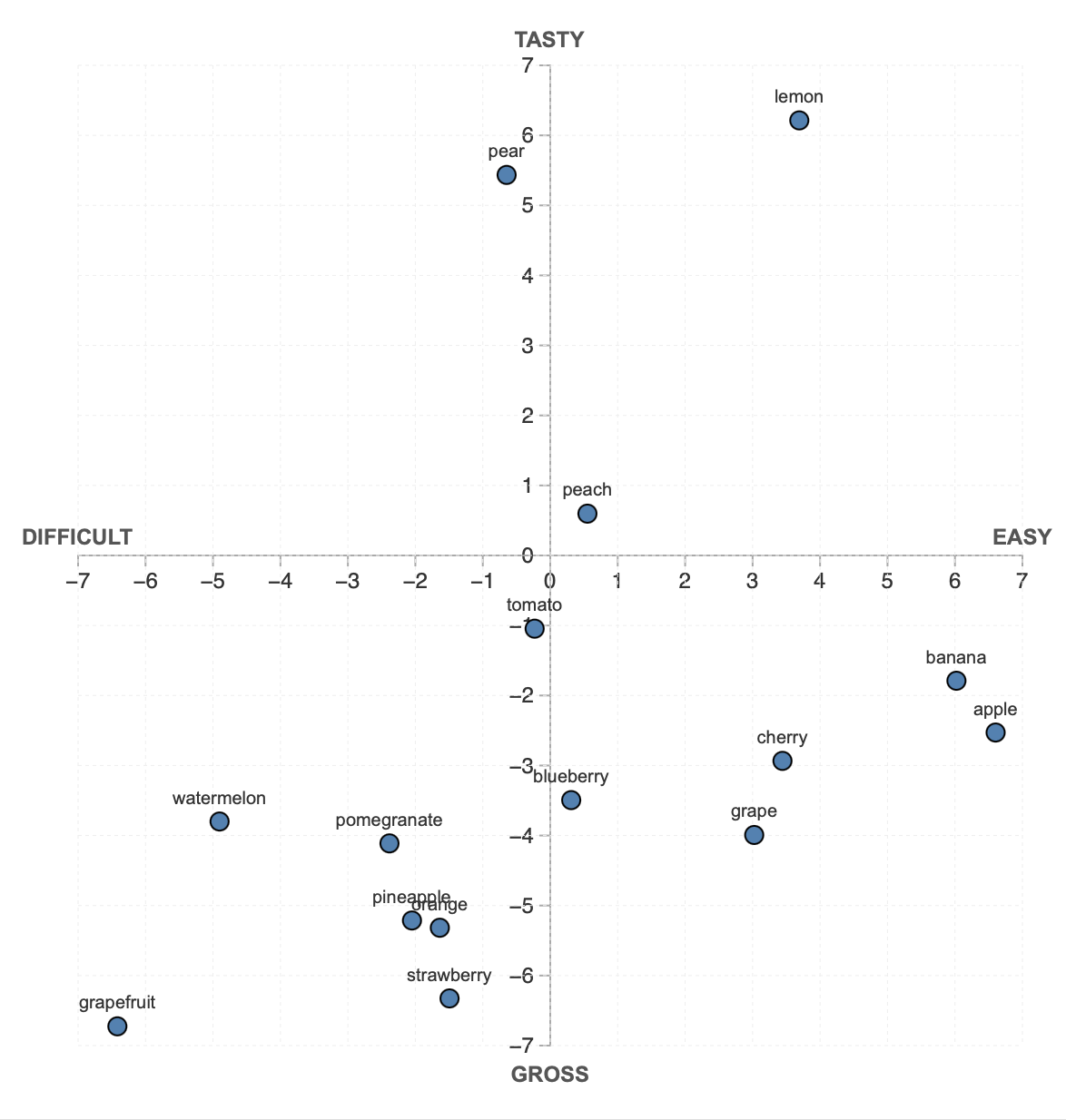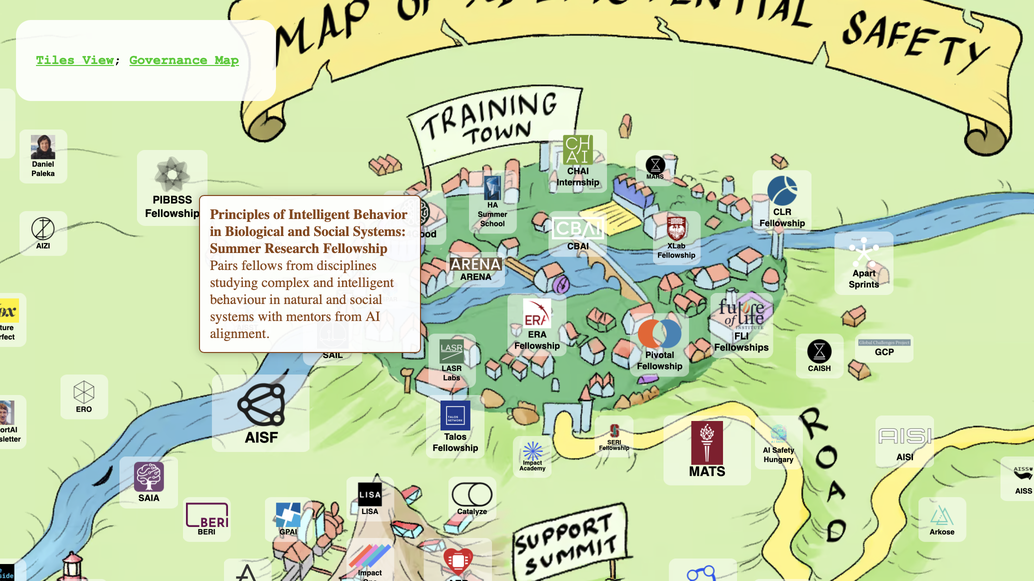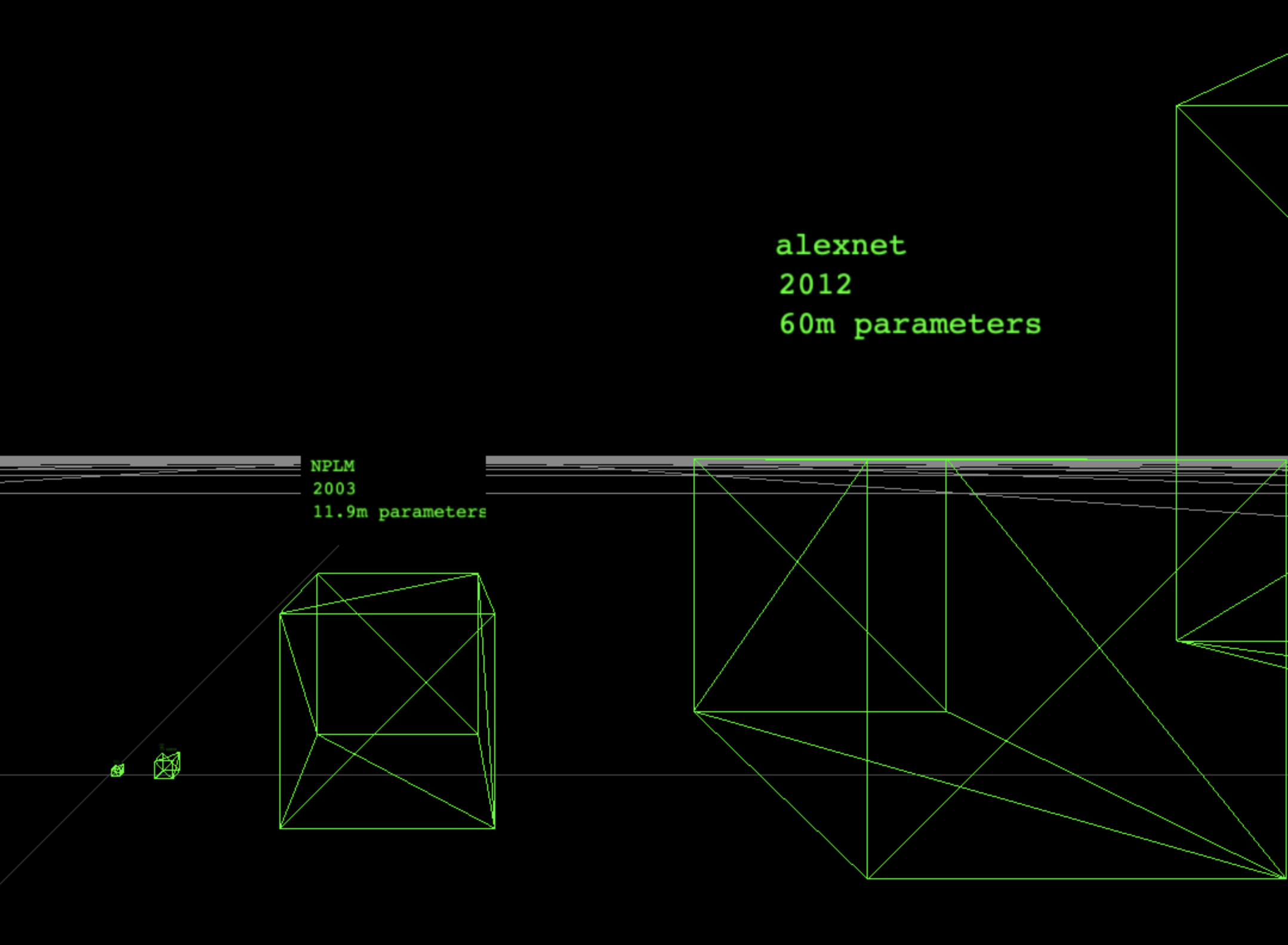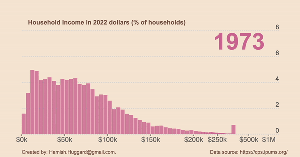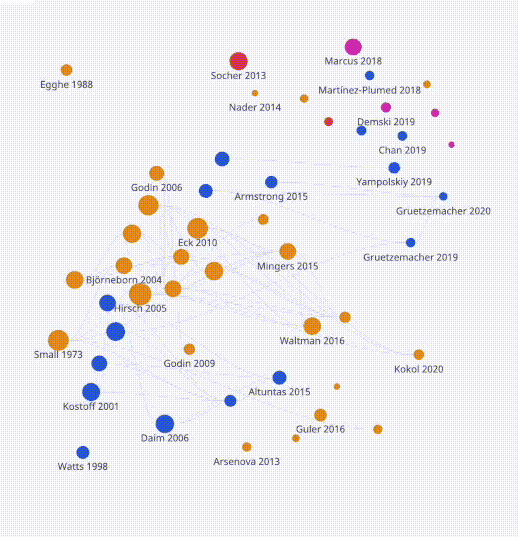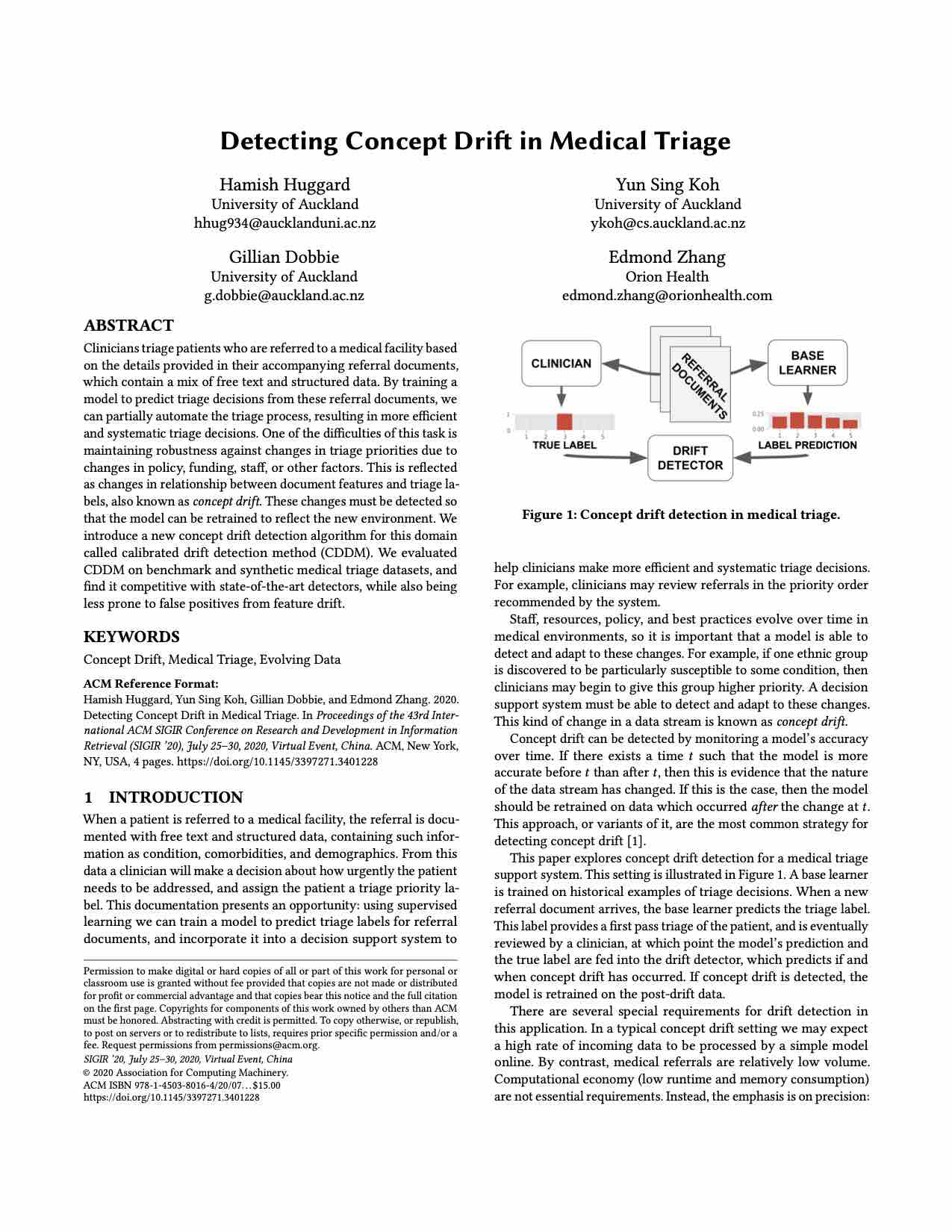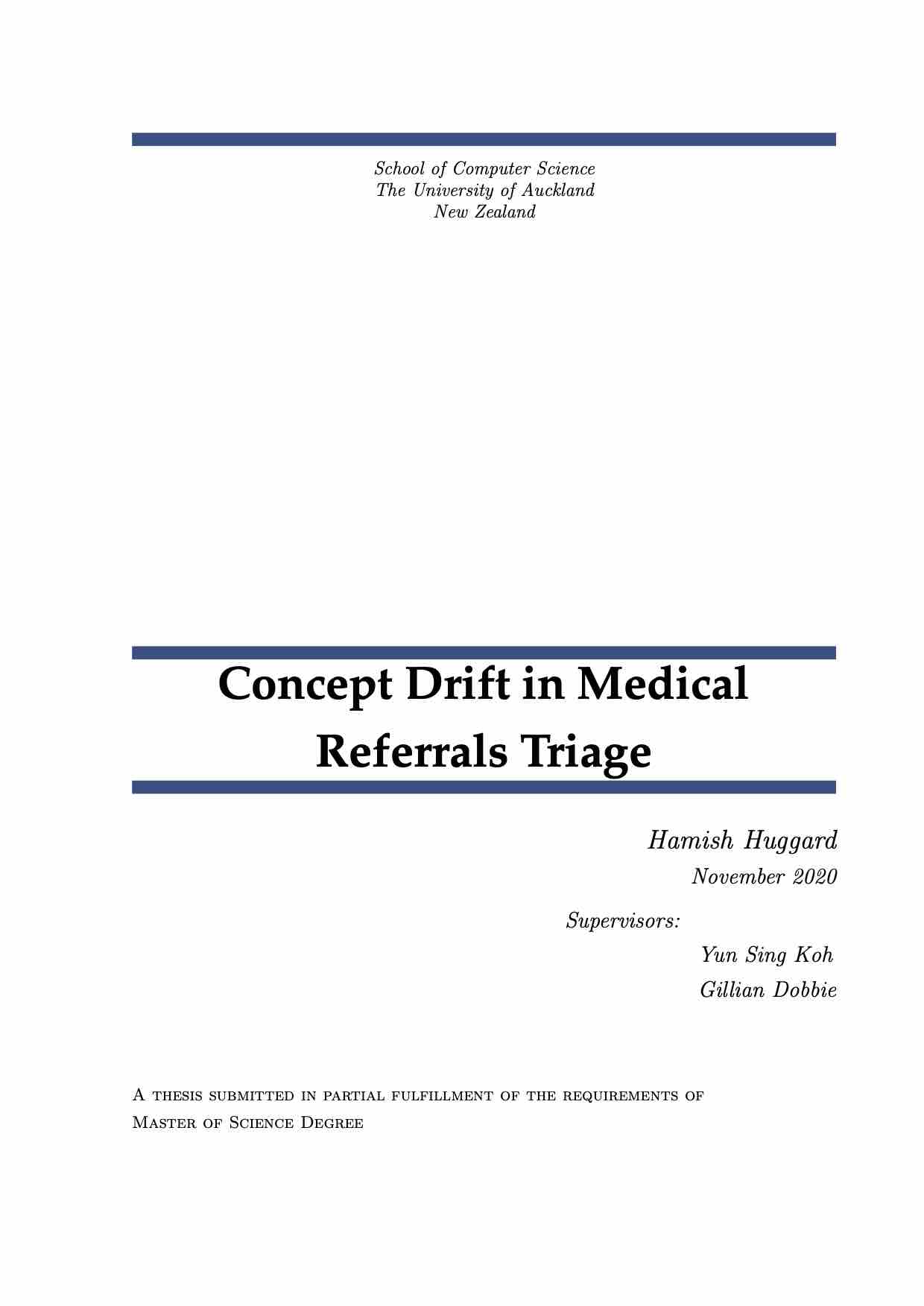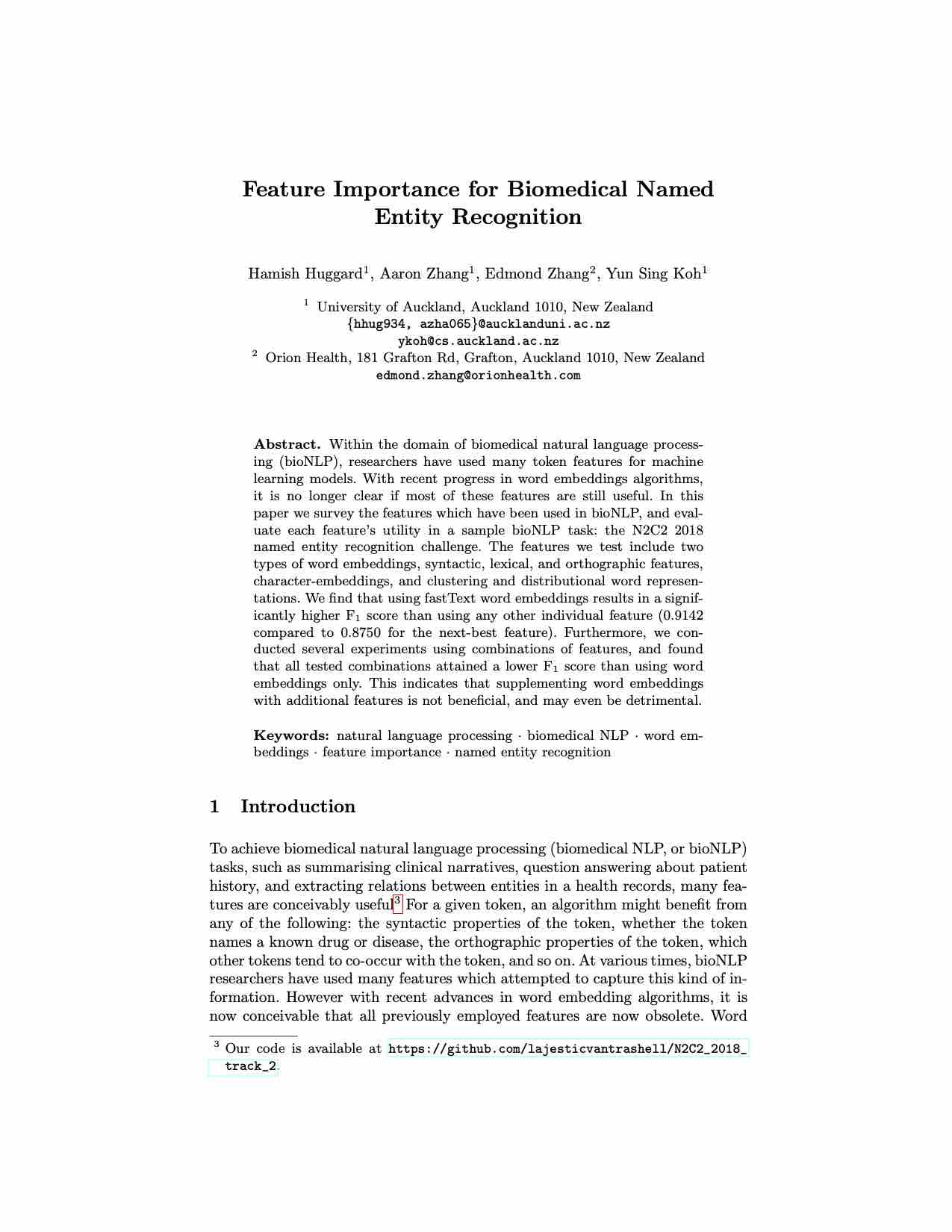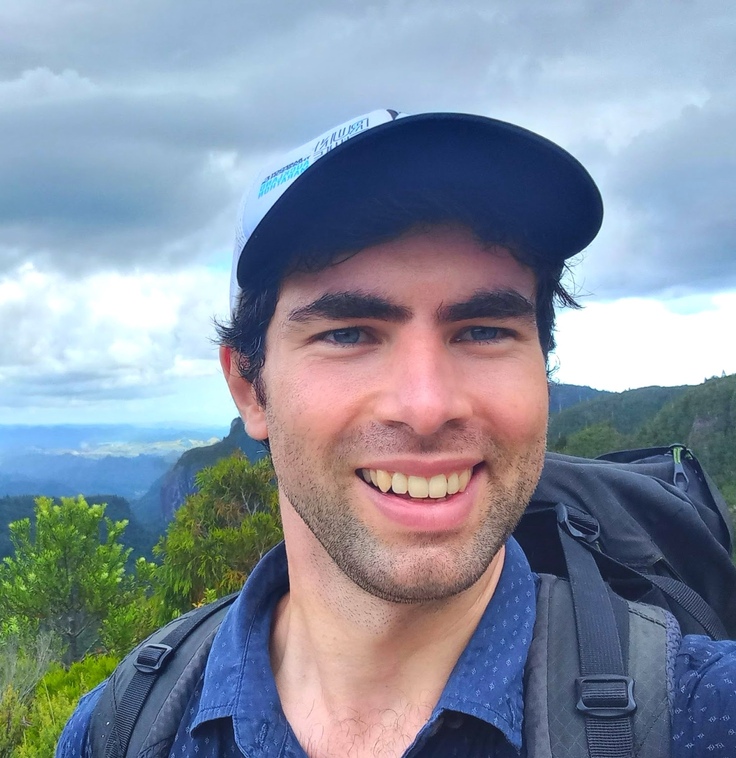
Welcome
Hi! I'm Hamish Huggard. I work on data science, machine learning, data visualisation, and web development.
Résumé

HAMISH HUGGARD
hamish.huggard@gmail.com
https://github.com/hamishhuggard
Summary
My main areas of interest are data science, machine learning, data visualisation, and web development.
Skills
Python, Machine Learning, Deep Learning, LLMs, NLP, PyTorch, Pandas, SKLearn, SQL, Postgres, Data visualisation, Matplotlib, Plotly, Illustration, Web development, HTML, CSS, Javascript, D3.js, Copy writing, Research
Awards
2020
Best M.Sc. Thesis in Computer Science
2019
Postgraduate Research Scholarship
2017
Postgraduate Honours Scholarship
2017
Senior Scholar Award in the Faculty of Arts
2015
Sir Robert Jones Scholarship in Philosophy
Experience
2024 METR Model Interaction Contractor I work on developing evaluations for cutting edge language models to measure their ability to write code, do AI research, and other tasks.
2022-2023 Sketchy Reasoning Animator I won a grant from Open Philanthropy to create animations explaining global challenges.
2020-2021 Litmaps Data Scientist I deployed NLP features with Python, Linux, AWS. Plus data visualisation with Javascript and React, and data engineering with Postgres and Redis.
2018-2020 Orion Health Intern/Graduate Data scientist I worked on biomedical applications of natural language processing and deep learning.
Education
2018-2020
University of Auckland
GPA: 9.0/9.0
Master's Degree in Computer Science
2014-2017
University of Auckland
GPA: 8.6/9.0
Bachelor of Science in Physics and Computer Science
2014-2017
University of Auckland
GPA: 8.6/9.0
Bachelor of Science in Physics and Computer Science
Publications
2020 Concept drift detection for medical triage.
Hamish Huggard, Yun Sing Koh, Gillian Dobbie, Edmond Zhang.
2019 Feature importance for biomedical named entity recognition.
Hamish Huggard, Aaron Zhang, Edmond Zhang, Yun Sing Koh.
2018 Predicting air quality from low-cost sensor measurements.
Hamish Huggard, Yun Sing Koh, Patricia Riddle, Gustavo Olivares.
Other accomplishments
2022 Walked the length of New Zealand on the Te Araroa trail.
Portfolio
Embeddings Visualizer
A tool for visualising token embedding spaces.
Each axis is specified with a positive and negative token. A word list is then projected onto this axis.
See a more detailed explanation here.
Frontend uses D3.js.
Backend uses Python, flask, and gensim.
Deployed on a DigitalOcean VPS.
Interactive Map of AI Safety Ecosystem
I was comissioned to create an interactive map of the ecosystem of organisations related to AI safety.
Users can zoom and pan across the map, hover over items for more information, and click on items to see the respective website.
Created with D3.js.
The data is pulled from a Google Sheet so that anyone can suggest updates or corrections.
3D AI Model Size Comparer
A webpage with 3D visualisations of the parameter count of notable AI models.
This gives an intuition for the relative sizes of models, and how models are growing over time.
Created with THREE.js and data from Epoch AI
Animated Income Visualisations
I was commissioned to create animated visualisations of US income over time.
The data preparation and prototyping was done ith Python, Pandas, and pyplot.
The polished visualisations were created with html, and D3.js.
A web interface in the repo allows further customization of the animations.
Litmaps
Litmaps is an early stage startup which builds tools for visualising and discovering scientific papers.
I coded the visualisation logic currently in production.
This involved implementing efficient javascript algorithms for visualisation use-cases and setting up any necessary backend using FastAPI and Python.
More details can be found here.
Animation: Mechanistic Interpretability Overview
I animated a snippet from the podcast AXRP to provide an overview of the motivation and content of mechanistic interpretability.
The podcast is a conversation between researcher Neel Nanda and host Daniel Filan.
This was used in a training course and has 5.9k views.
Animation: Modular Arithmetic Mehcanistic Interpretability
I animated a snippet from the podcast AXRP which illustrates how transformers do modular arithmetic, which was an output of some of Neel Nanda's mechanistic interpretability research.
The podcast is a conversation between researcher Neel Nanda and host Daniel Filan.
Untitled 3D Game
I'm building a three dimensional sandbox game with hand drawn sprites.
Work in progress.
Created with THREE.js.
Research
Detecting Concept Drift in Medical Triage
2020 ACM SIGIR Conference on Research and Development in Information Retrieval
I developed an algorithm for detecting concept drift (a species of data shift) via model miscalibration.
The paper uses machine learning medical triage models as a motivating example.
See the below section on my master's thesis for more context.
Concept Drift in Medical Referrals Triage
2020 M.Sc. thesis
My M.Sc. was funded by a scholarship form the Presicion Driven Health Partnership. I worked on detecting when a medical machine learning model has become obsolete and requires retraining.
I won the annual "best M.Sc." prize from the Auckland University computer science department. One of my examiners said it was "the best master's thesis they had seen".
Feature Importance for Biomedical Named Entity Recognition
2019 Australasian Joint Conference on Artificial Intelligence
I did this research during a research intership at Orion Health.
The paper surveys features which have been used in biomedical natural language processing, and evaluates each feature's utility for a deep learning approach to biomedical named entity recognition.
Predicting Air Quality from Low-Cost Sensor Measurements
2018 Australasian Conference on Data Mining
I worked with the National Institute of Water and Atmospheric Research (NIWA) on modelling air quality using low cost sensors.
Low-cost sensors pose a number of challenges: they are unreliable, noisy, and may require ongoing calibration. This paper explores these challenges, and evaluates several approaches to spatiotemporal modelling of air quality using the sensors.
